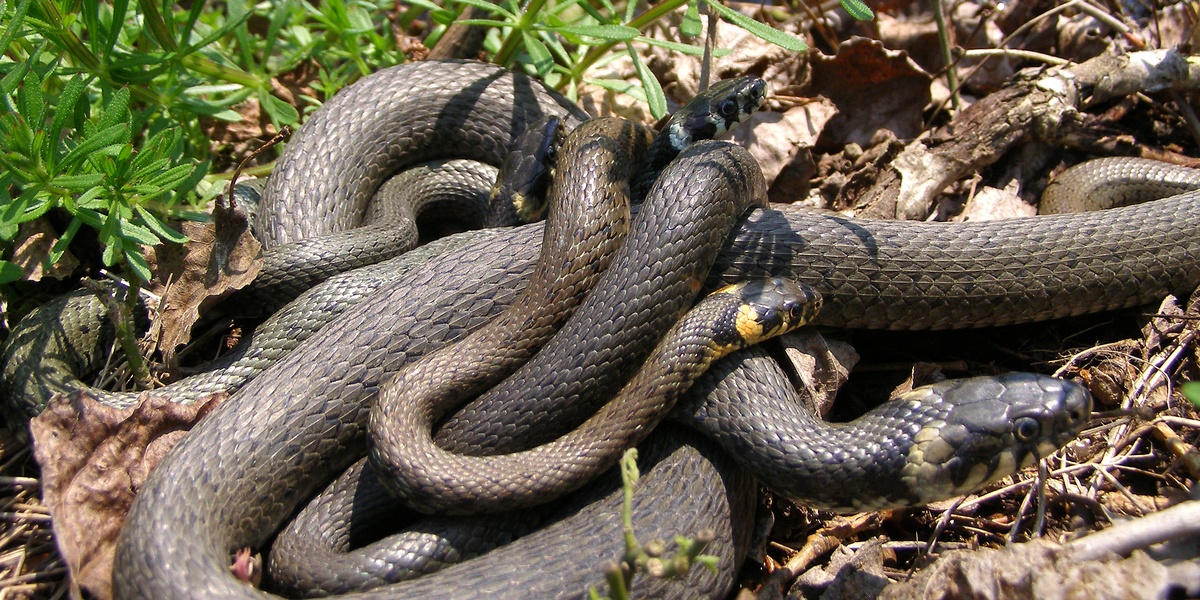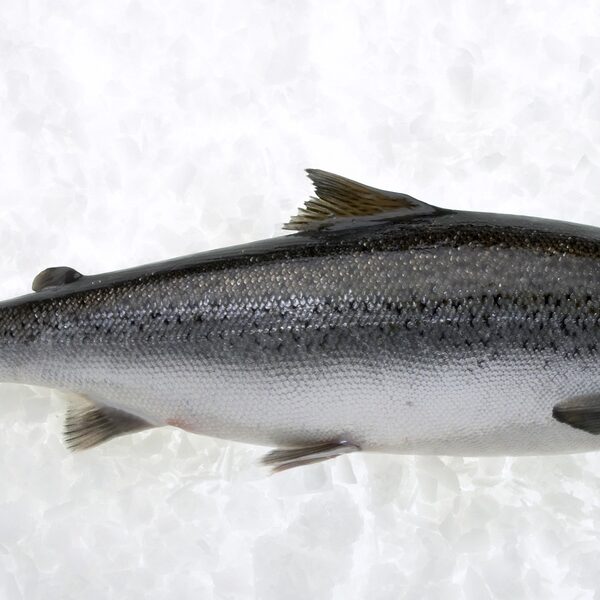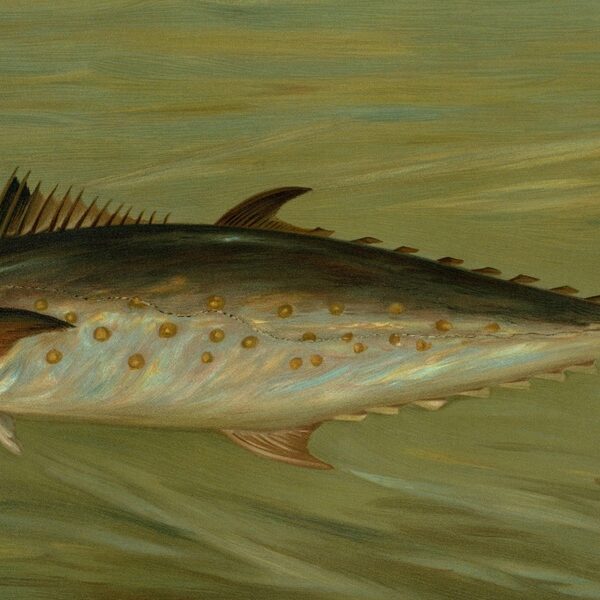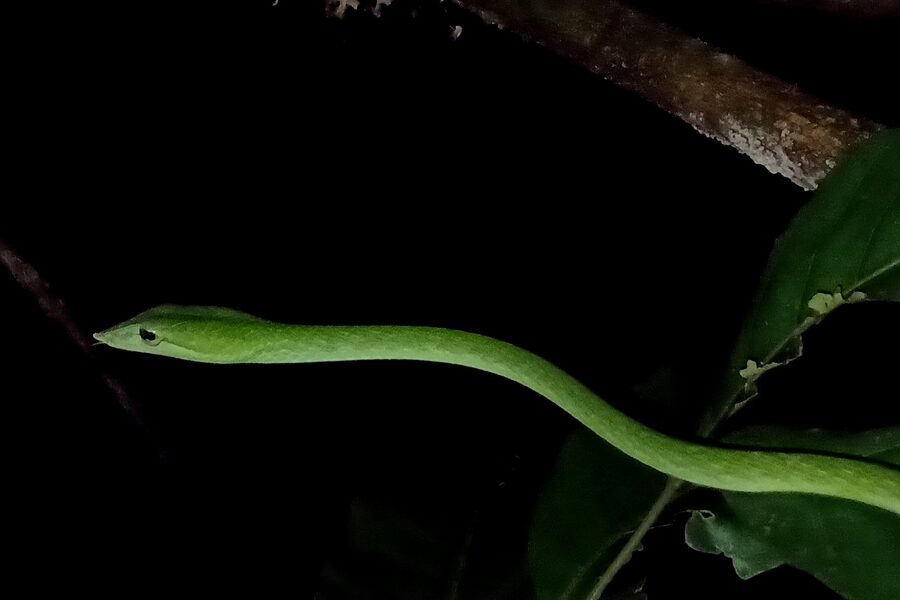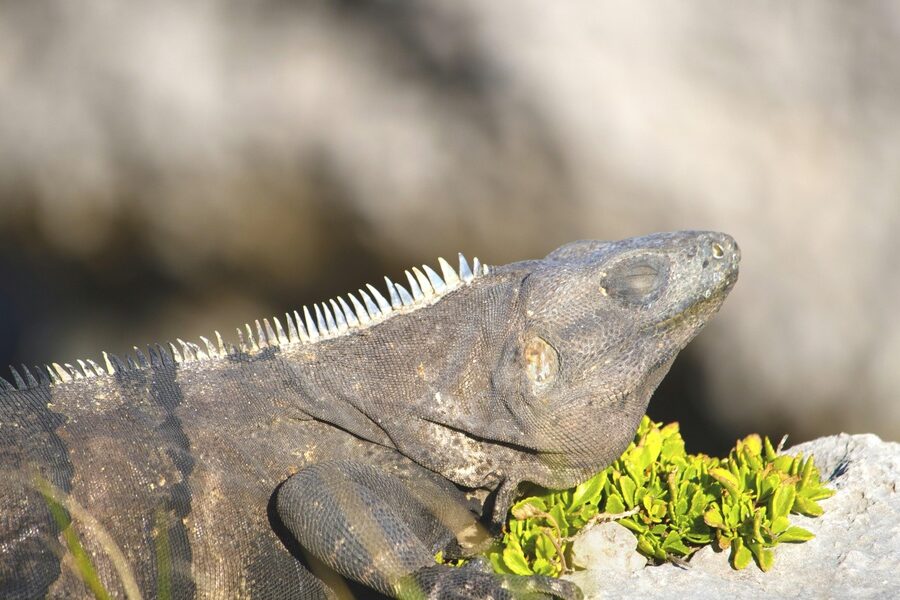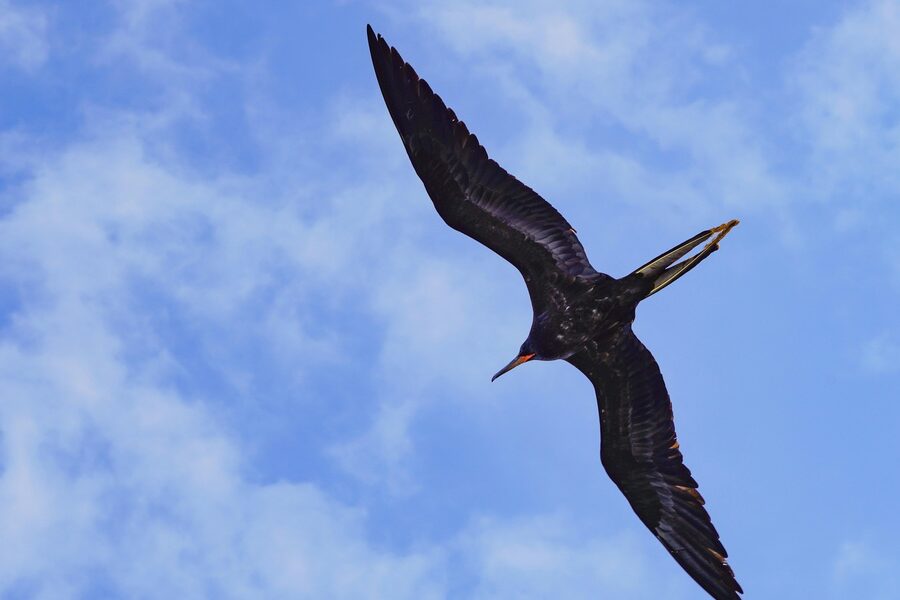Across the UK’s patchwork of heathland, dunes, riverbanks and sunlit hedgerows, a small group of reptiles quietly share the landscape with birds and mammals. They’re easiest to spot where there is open ground to bask and nearby cover to retreat into.
There are 8 Reptiles of the United Kingdom, ranging from the Adder to the Smooth snake. For each species you’ll find the columns Scientific name,Length (cm),UK range — you’ll find below.
Are any of the UK reptiles dangerous to people?
Only the Adder is venomous in the UK; bites are uncommon and usually occur when the snake is handled or accidentally provoked. Most bites cause local pain and swelling — seek medical attention if bitten, but avoid trying to catch or kill the animal.
When and where am I most likely to see these species?
Reptiles are most active from spring to early autumn on warm, sunny days; look for them basking on paths, rocks or sheltered banks. Different species favour different habitats (e.g., grass snakes near water, smooth snakes on southern heaths), so check the local habitat type and keep a respectful distance.
Reptiles of the United Kingdom
| Common name | Scientific name | Length (cm) | UK range |
|---|---|---|---|
| Adder | Vipera berus | 50–70 cm | England,Wales,Scotland,Northern Ireland |
| Grass snake | Natrix helvetica | 80–120 cm | England,Wales,southern Scotland (scattered) |
| Smooth snake | Coronella austriaca | 50–60 cm | Southern England (heaths, fragmented) |
| Sand lizard | Lacerta agilis | 18–25 cm | South & east England (coastal dunes, heaths) |
| Common lizard | Zootoca vivipara | 12–18 cm | Widespread: England,Wales,Scotland,Northern Ireland |
| Slow worm | Anguis fragilis | 30–50 cm | England,Wales,southern Scotland,Northern Ireland |
| Common wall lizard | Podarcis muralis | 12–18 cm | Localized England (urban, coastal, Midlands) |
| Aesculapian snake | Zamenis longissimus | 75–150 cm | Localized England (Colchester, London colonies) |
Images and Descriptions
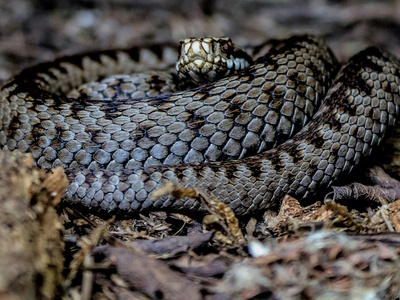
Adder
Venomous but shy; stocky snake with a dark zigzag back. Adults 50–70 cm; found on heaths, moorland and coastal dunes and is declining in places. Protected from intentional harm; notable for mating balls and cold-tolerant habits; bite rarely fatal.
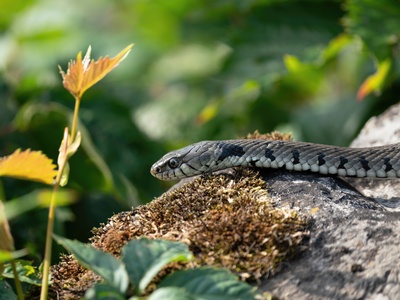
Grass snake
Non-venomous, water-loving snake with a yellow nape collar. Adults 80–120 cm; common in lowland wetlands, rivers and ponds across England and Wales, rarer in Scotland. Protected against killing/sale; feeds on amphibians and often basks near water.
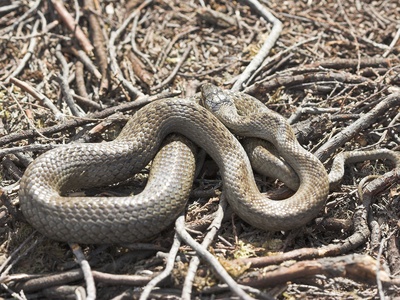
Smooth snake
Secretive, small non-venomous snake about 50–60 cm, restricted to southern English heaths. Rare and strictly protected with targeted habitat management. Subtle brown/grey patterning makes field ID tricky; often found under heather and open scrub.
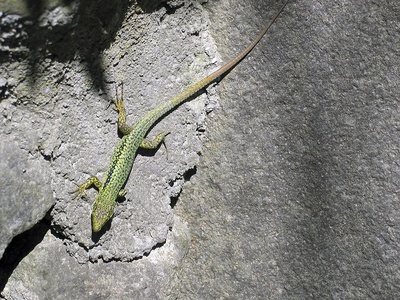
Sand lizard
Robust lizard 18–25 cm; males show bright green breeding colours. Restricted to sandy coastal dunes and heath in south and east England. Rare and strictly protected with habitat and reintroduction projects; secretive and sun-loving.
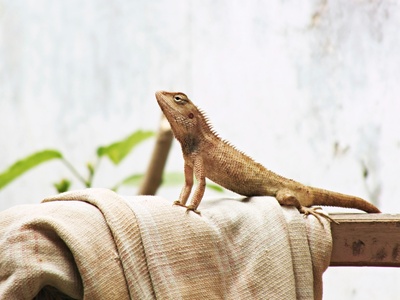
Common lizard
Small, widespread lizard 12–18 cm including tail; common across Britain in heath, moorland, gardens and wetlands. Viviparous (gives birth to live young) and tolerant of cool climates. Generally common though local declines reported; protected from intentional harm.
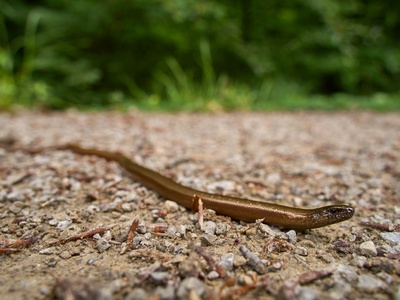
Slow worm
Legless lizard 30–50 cm often mistaken for a snake; common in gardens, hedgerows and grassland across much of the UK. Secretive slug-eater that spends much time under cover. Protected from deliberate killing; declines seen in heavily urbanised areas.
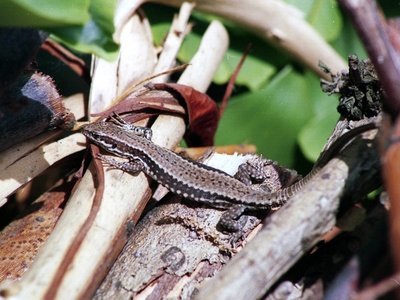
Common wall lizard
Small introduced lizard 12–18 cm established in several urban and coastal English sites. Found on walls, rocky outcrops and gardens; colonies are localized but expanding. Non-native but self-sustaining in places; monitored as isolated populations.
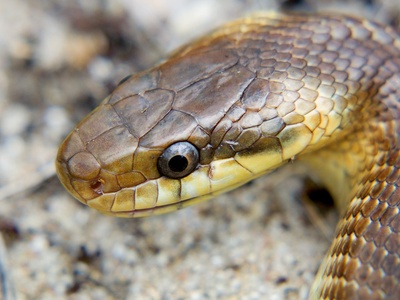
Aesculapian snake
Non-native, slender climbing snake 75–150 cm with established urban colonies in parts of England. Feeds on rodents and birds; introduced populations are self-sustaining locally. Not native but of interest for urban ecology and local conservation monitoring.
